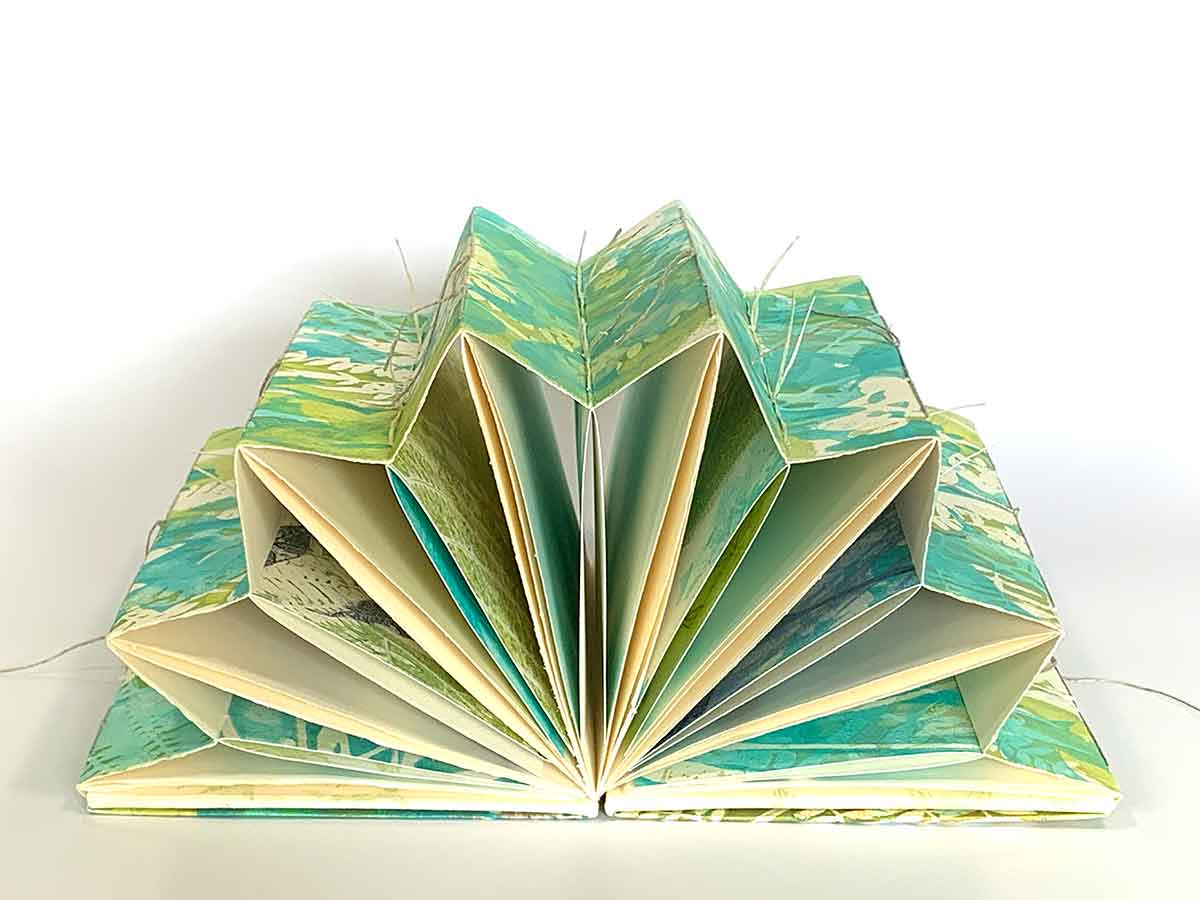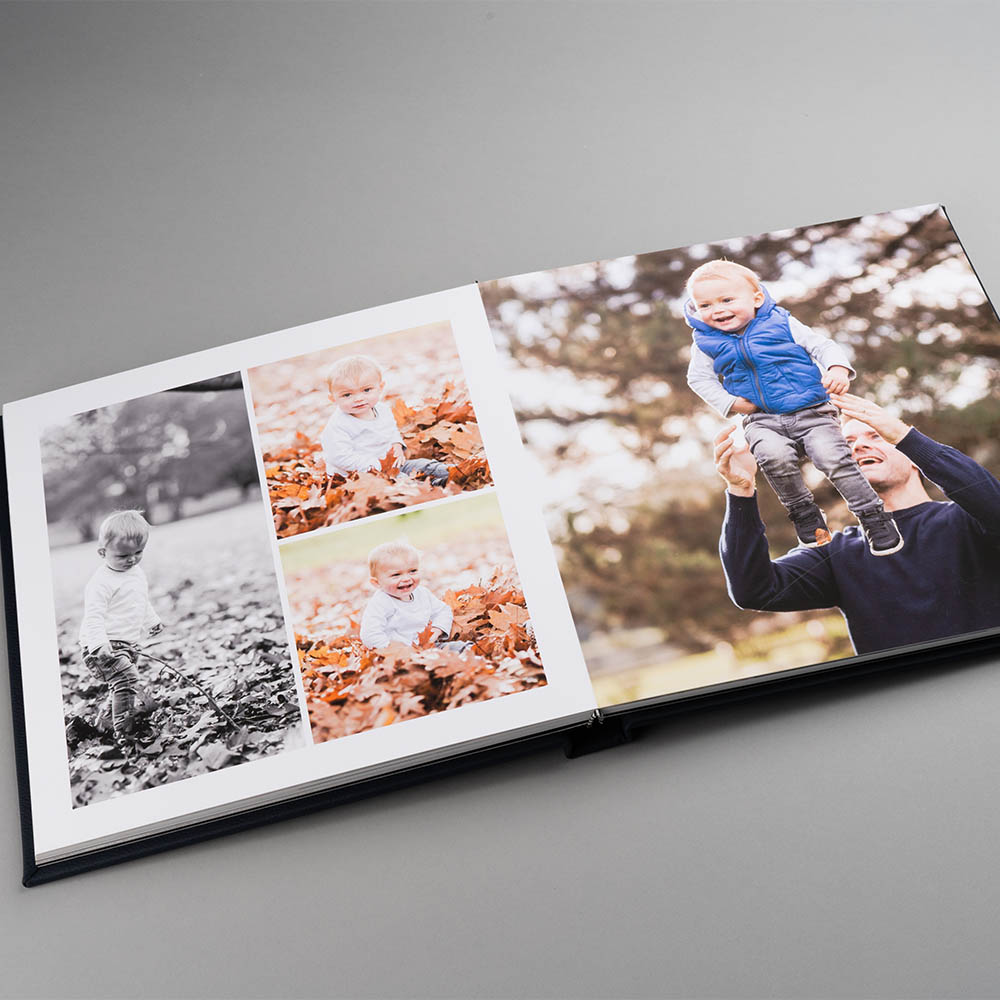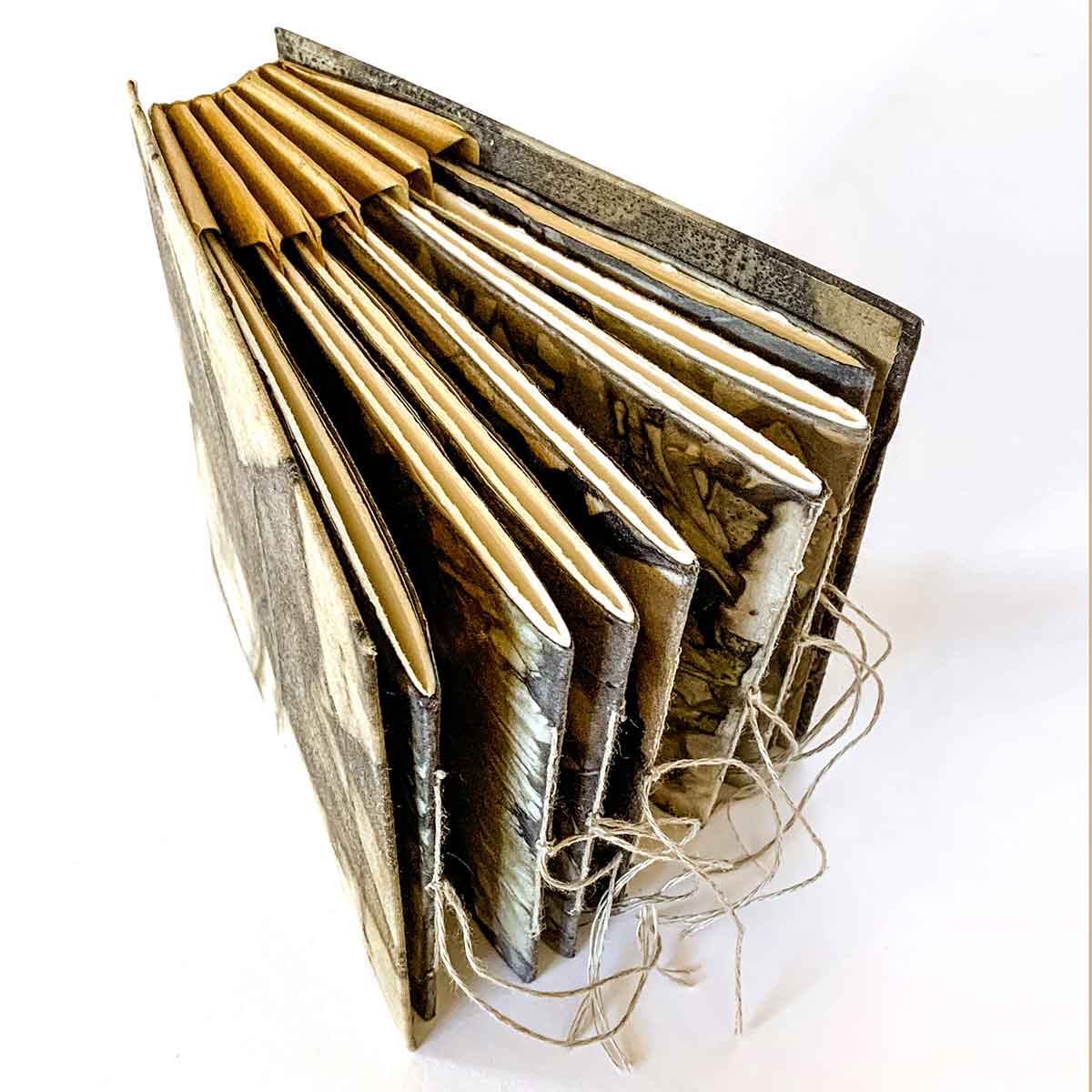Comprehending the Process Behind Premium Art Book Printing for Art Fanatics
When it comes to high-quality art book printing, understanding the intricacies of the process can boost your recognition for the final product. As you explore the numerous elements of art book printing, you'll uncover understandings that could transform your point of view on art preservation and presentation.
The Importance of Paper Option in Art Book Printing
When it comes to art book printing, the selection of paper can make or damage the end product. You desire your art work to radiate, and the appropriate paper improves color vibrancy and detail. Consider factors like weight, texture, and finish; these components considerably impact just how viewers view your job.
For circumstances, a much heavier supply communicates top quality and resilience, while a distinctive surface can add depth to photos. Smooth paper is excellent for in-depth recreations, allowing great lines and subtle shades to appear crisp.
Don't fail to remember regarding the paper's illumination; a brighter sheet can assist shades pop, making your art extra appealing. You'll likewise desire to assume concerning exactly how the paper communicates with inks and whether it can deal with the printing procedure without contorting or bleed-through. Eventually, picking the right paper sets the stage for your art, ensuring it catches the target market's attention simply as you visualized.
Picking the Right Inks for Vibrant Reproductions
Picking the best inks is equally as crucial as choosing high quality paper to attain lively reproductions in your art book. When you're printing artwork, you desire colors that pop and properly stand for the initial piece. Go with inks with a high pigment concentration; these often tend to produce richer and extra saturated shades.
You might take into consideration utilizing archival inks, which stand up to fading over time, ensuring your art book remains as striking as the day it was printed. If you're collaborating with photos or digitally created art, pigment-based inks can give a bigger shade gamut, improving information and deepness.
Do not ignore the surface! Matte and glossy inks can substantially change the look of your art work, so assume about the look you're intending to attain - art book. Ultimately, the ideal ink choice complements your paper selection, producing a stunning aesthetic experience for your visitors
The Duty of Color Monitoring in Print Quality
Shade monitoring plays a crucial function in accomplishing high print top quality for your art book. It guarantees that the colors you see on your screen equate accurately to the printed web page. Without reliable shade management, your vibrant artworks may show up dull or altered, weakening your creative vision.
Next off, utilize shade profiles tailored for your printer and paper kind. These accounts guide the printer in duplicating shades precisely, decreasing inconsistencies in between digital and published versions.
When you prepare your files, think about utilizing a color area like Adobe RGB or CMYK, depending on your printer's requirements. Constantly proof your job, as well; an examination print can expose any potential color issues prior to the final run. By focusing on color administration, you protect the stability of your art, ensuring your target market experiences it as you meant.

Understanding Various Binding Strategies
Achieving the best try to find your art book exceeds color administration; binding strategies additionally play a substantial duty in its general discussion and sturdiness. You have a number of alternatives to examine, each with its own special characteristics.
If you're going for a specialist feel, instance binding uses a sturdy option with a difficult cover, best for showcasing your artwork. On the various other hand, best binding offers a versatile back while keeping costs down, making it a prominent selection for softcover books.
Spiral binding try these out allows your art book to lay flat, which is terrific for showing photos without obstruction. Saddle sewing is perfect for smaller sized booklets, offering a tidy coating without the mass.
Eventually, the binding strategy you choose should mirror your artistic vision and exactly how you want visitors to involve with your work. Make certain to evaluate these alternatives meticulously to accomplish the most effective outcome for your job.
The Effect of Publish Size and Format on Presentation
While the selection of print dimension and design may appear secondary to content, they significantly affect exactly how your art work is viewed. The measurements of your prints can either enhance or decrease the influence of your pieces. Bigger prints can attract visitors in, enabling them to value complex details, while smaller layouts may require more intimate interaction.

Preservation Techniques for Durable Art Books
To guarantee your art publications stand the examination visit this web-site of time, it's important to implement efficient preservation strategies. Use acid-free storage space boxes or protective sleeves to protect them from dust and physical damages.
When handling your publications, always wash your hands or wear cotton gloves to avoid oils and dust moving onto the web pages. Avoid flexing or wrinkling the spines; rather, make use of book sustains when displaying them.
For included protection, take into consideration investing in archival-quality products for any repairs or enhancements. Regularly examine your collection for indications of wear or damage, resolving issues promptly. By adhering to these straightforward methods, you can guarantee your art books remain vibrant and available for many years ahead, preserving their charm and value for future generations.
Collaborating With Printers for Optimum Results
When you prepare to publish your art book, selecting the right printer is important to accomplishing your vision. Clear interaction about your expectations and demands will certainly help assure that both you and the printer get on the exact same page. Allow's discover how to make this partnership as seamless and reliable as feasible.
Selecting the Right Printer

Effective Interaction Strategies
Efficient communication is important for turning your art book vision right into truth, particularly when working together with printers. art book. Start by plainly describing your project's goals, consisting of layout elements, preferred materials, and any kind of details printing strategies. Do not be reluctant to share your motivations and referrals; this assists the printer comprehend your aesthetic
Set up normal check-ins to discuss progress and resolve any questions. Use visuals, like mock-ups or samples, to communicate your concepts better. Be open to feedback, as printers typically have beneficial understandings that can improve your project. Finally, preserve a positive connection by being respectful and satisfied of their expertise. This collaboration will ensure that your art book satisfies your expectations and beams in its last type.
Often Asked Concerns
What Are Usual Blunders to Prevent in Art Book Printing?
When publishing your art book, prevent common errors like poor resolution pictures, wrong color profiles, and ignoring page layout. Do not forget to proofread and double-check information to validate your end product satisfies your expectations.
Exactly How Does Digital Printing Differ From Traditional Printing Techniques?
Digital printing utilizes digital files to create prints directly, enabling for quicker turn-around and modification. In contrast, conventional approaches involve physical plates, which can be time-consuming and less adaptable for little runs or one-of-a-kind layouts.
What Is the Common Turn-around Time for Art Book Printing?
The normal turnaround time for art book printing differs, yet you can anticipate it to take anywhere from a few weeks to several months. Elements like intricacy, quantity, and printing approach all affect this timeline.
Can I Print a Minimal Edition Art Book Economically?
You can publish a restricted edition art book financially by choosing affordable products, enhancing print runs, and using electronic printing alternatives. Careful planning and budgeting will help you accomplish high quality without spending beyond your means.
What Are the Ecological Considerations in Art Book Printing?
When considering art book printing, you must consider environmentally friendly materials, lasting inks, and energy-efficient procedures (art book). Selecting regional printers can additionally lower your carbon impact, making your job both attractive and environmentally responsible